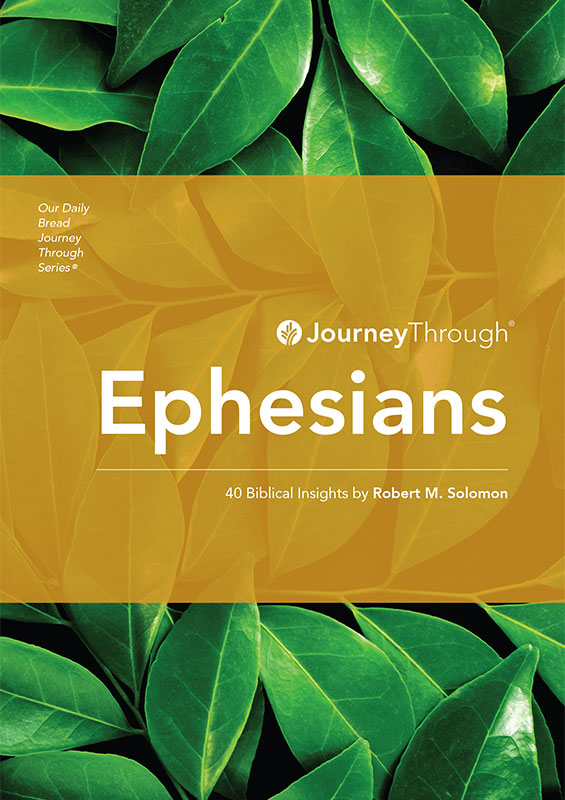Ephesians
by Robert M. Solomon
The apostle Paul wrote his letter to the Ephesians from a Roman prison around AD 60 to 62. He also wrote letters to the Colossians, Philippians, and Philemon. No one knew what would happen to him as he awaited trial on trumped-up charges by opponents who hated him and his gospel preaching. Paul used the opportunity (see Ephesians 5:15-16) to write four epistles, which found their way into the New Testament.
In this letter we gaze upon the lofty heights of God's eternal plans to bless us, we marvel at Christ's work of salvation that brings life and peace to us, and we become aware of the evil days in which the saved children of light are to live faithfully. The epistle is a theological and pastoral reflection on the nature, origin, character, mission, and future of the church.
Paul begins by detailing all the blessings that the triune God has given to the church. These are found in Christ, through whom believers are made alive and given a new dignity and destiny. Jews and Gentiles are brought into one church through the barrier-breaking peace of Christ. This gospel mystery has been entrusted to the church, which is challenged to live out its identity and calling in unity and purity.
This calling involves us putting off the old life of sin and putting on the new life in Christ, leading to profound transformation in motives, behaviour, and all relationships. In this way, the church is God's new society, living amid the old sinful one as it stands its ground against the assault of hostile spiritual forces. Christ-the church's Head and Groom-will ensure that the church will be victorious and inherit its future in Him.
The Structure of Ephesians
Key Verse
For we are God's handiwork, created in Christ Jesus to do good works, which God prepared in advance for us to do. -Ephesians 2:10





